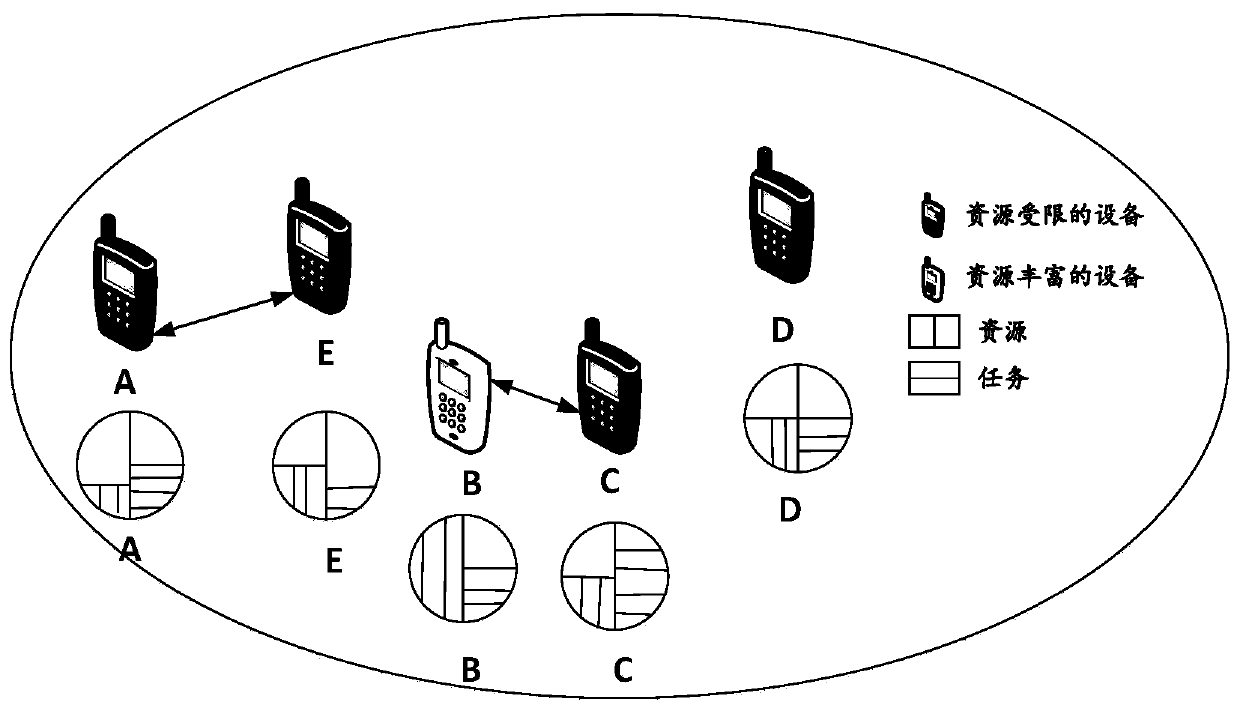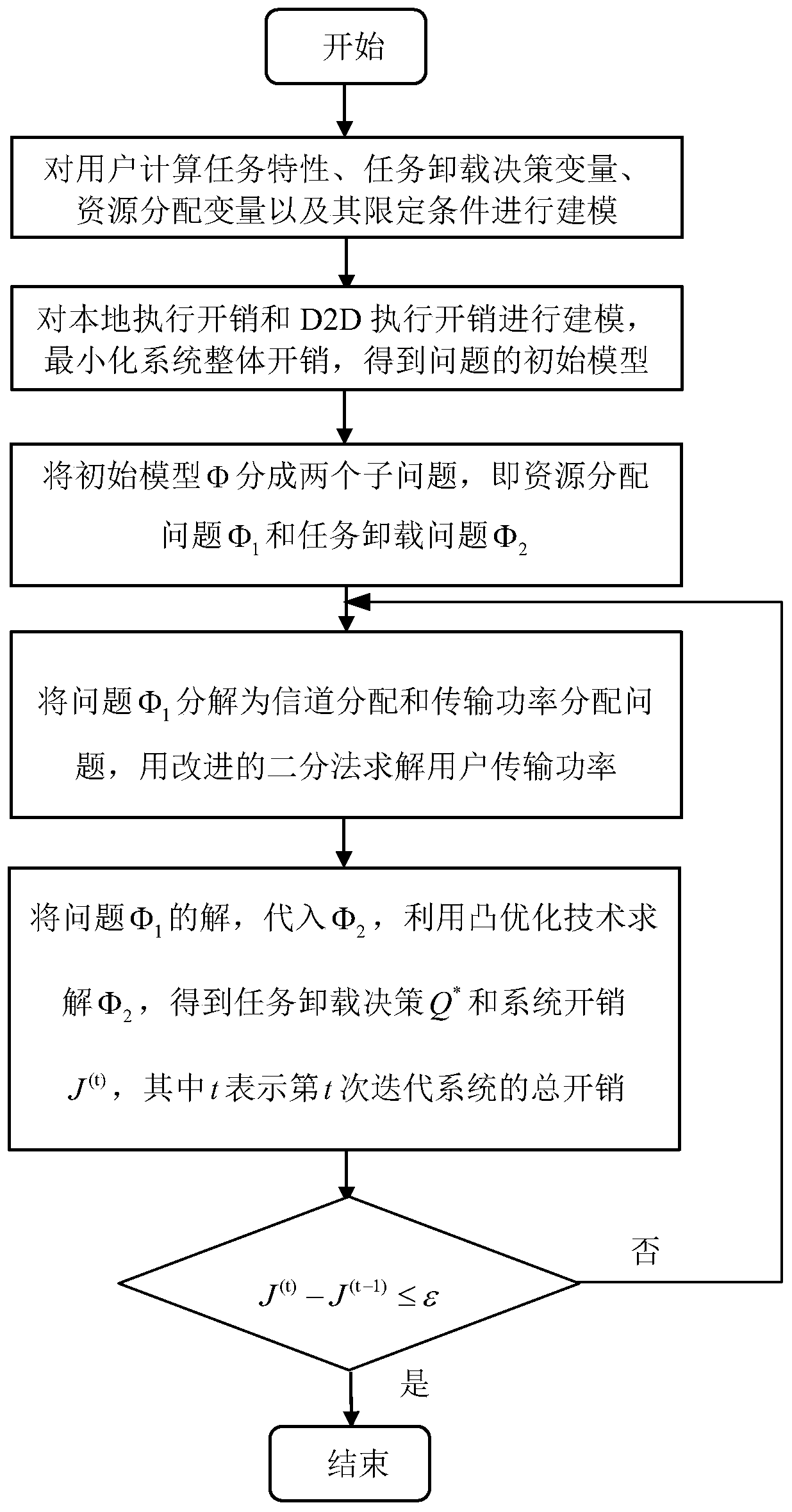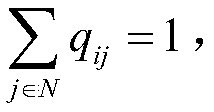Task unloading and resource allocation method based on D2D communication
A resource allocation and channel allocation technology, applied in machine-to-machine/machine-type communication services, wireless communication, electrical components, etc., can solve problems such as ignoring the impact of task offloading decisions on user transmission power, occupation, resource waste, etc.
- Summary
- Abstract
- Description
- Claims
- Application Information
AI Technical Summary
Problems solved by technology
Method used
Image
Examples
Embodiment Construction
[0048] The technical solutions of the present invention will be further described in detail through the following specific embodiments in conjunction with the accompanying drawings. It should be understood that the specific examples described here are only used to explain the present invention, not to limit the present invention.
[0049] figure 1 It is a schematic diagram of a scenario of task offloading and resource allocation based on D2D communication described in the present invention. The scene graph includes resource-constrained devices and resource-rich devices. According to the current task calculation amount and remaining resources, the matching between tasks and devices is performed, that is, users can choose local computing tasks or offload tasks to other users. to execute. For example, the current resources of user E can calculate a task with a large amount of calculation, while the current task of user E has a small amount of calculation. Under the goal of mini...
PUM
 Login to View More
Login to View More Abstract
Description
Claims
Application Information
 Login to View More
Login to View More - R&D
- Intellectual Property
- Life Sciences
- Materials
- Tech Scout
- Unparalleled Data Quality
- Higher Quality Content
- 60% Fewer Hallucinations
Browse by: Latest US Patents, China's latest patents, Technical Efficacy Thesaurus, Application Domain, Technology Topic, Popular Technical Reports.
© 2025 PatSnap. All rights reserved.Legal|Privacy policy|Modern Slavery Act Transparency Statement|Sitemap|About US| Contact US: help@patsnap.com



